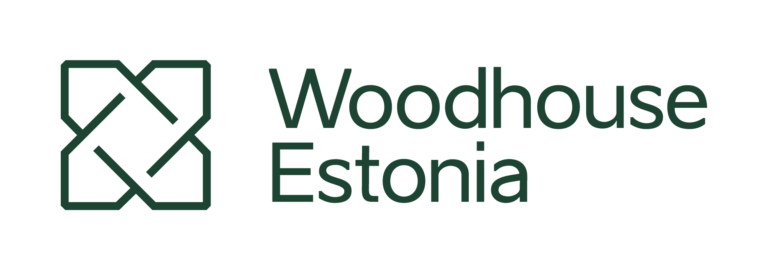Kari Lilja, TkT, Erikoistutkija; Sirpa Sandelin, TkT, Yliopettaja
English version Click the link
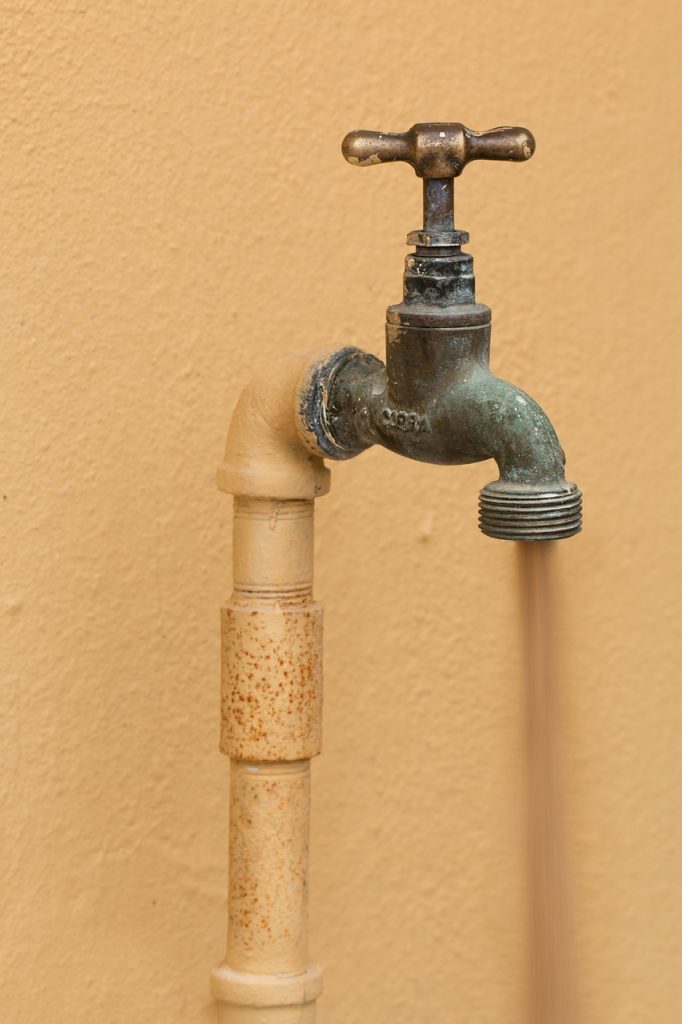
”Köyhän ei kannata ostaa halpaa” on yksi monista laatuun liittyvistä sanonnoista. Tällä sanonnalla viitataan siihen, että jos ostat halvan tuotteen, voit joutua pian ostamaan toisen, samanlaisen, tai – vahingosta viisastuneena – sen laadukkaamman mutta kalliimman. Laatu liitetään yleensä tuotteisiin ja palveluihin, esineiden kestävyyteen ja asiakkaiden odotusten täyttymiseen. Tuotteisiin ja palveluihin liittyvät myös useimmat laatustandardit, joiden sertifikaateilla yritys tai organisaatio pyrkii vakuuttamaan asiakkaansa ja muut sidosryhmänsä siitä, että yrityksen toiminta on laadukasta ja yrityksen tuotteet ja palvelut täyttävät ne odotukset ja vaatimukset, mitä niille asetetaan.
Mikään laatujärjestelmä ei kuitenkaan takaa laatua, vaan ainoastaan sen, että samat virheet toistetaan, mutta dokumentoidusti.
Laadun takaa ainoastaan se, että yrityksen ja organisaation jokainen taso on sisäistänyt jatkuvan parantamisen idean: Virheitä tehdään, mutta niistä otetaan opiksi, kehitetään toimintaa ja parannetaan tapoja. Vältetään jatkossa toistamasta samaa virhettä.
Laatu liittyy myös muuhun kuin tuottavaan, palvelevaan ja kaupalliseen toimintaan. Olemme viime aikoina joutuneet kahdenkin eri hankkeen puitteissa pohtimaan, mitä laatu käsitteenä merkitsee hanketyössä, tutkimuksessa ja julkaisuissa. Yksikään laatustandardi ei suoranaisesti ota kantaa näihin konteksteihin, joten vastausta joutuu hakemaan muiden käsitteiden kautta.

Viime aikoina Suomessa on puhuttu paljon immateriaalioikeuksista ja niiden kunnioittamisesta, plagiarismista ja sen välttämisestä, viittauksien oikeellisuudesta ja toisten työn kunnioittamisesta. Erityisesti nämä kysymykset ovat olleet tapetilla opinnäytetöissä, mutta samat asiat nousevat esille myös projektien tutkimusten ja hankkeiden tulosten raportoinnissa. Euroopan unionin osarahoittamissa hankkeissa immateriaalioikeudet vielä korostuvat, koska pääsääntöisesti EU:n rahoittamien hankkeiden raporttien on oltava vapaasti kaikkien saatavilla. Tästä seuraa, että hankkeen laadunvalvonnan olennainen osa on varmistua siitä, että lainaukset, lähteet ja niiden merkinnät ovat asianmukaisia, kuvien ja grafiikkojen käyttöön on asianmukainen lupa, ja lähdemerkinnät myös näiden osalta ovat asianmukaisia.

Jos hankkeeseen liittyy tutkimuksellista toimintaa, myös tutkimuskysymysten, tutkimusasetelmien, lomakkeiden ja muun tiedonkeruun välineiden, dokumentoinnin, ja ylipäänsä kaiken tutkimukseen liittyvän tulee täyttää tieteelliselle tutkimukselle asetettavat kriteerit. Mutta mitä nämä kriteerit sitten ovat? Alla muutamia lähteitä, joihin tutustumalla voi saada kohtuullisen käsityksen siitä, mitä on laadukas (tieteellinen) tutkimus ja raportointi.
Samat vaatimukset muuten koskevat opinnäytetöitä.
Esimerkki (rankka sellainen) tutkimuksen laadun arvioinnista löytyy Hoitotyön tutkimussäätiön sivuilta. Lisäksi useimmilla tiedeyliopistoilla on omat julkistetut laatukriteerinsä. Opetus- ja kulttuuriministeriö on vuonna 2016 julkaissut loppuraportin Tutkimuksen monitieteisyys ja laatu, joka on yhteenveto poikkitieteellisten julkaisujen määrän ja laadun kehityksestä Suomessa ja maailmalla vuosina 2000 – 2011. Vaikka aineisto on jo ikääntynyttä, dokumentista saa kuvan siitä, mitä laadukkaalta tutkimukselta on lupa odottaa. Tutkimuksen eettinen neuvottelukunta TENK on antanut omat suosituksensa tutkimuksen yleisistä eettisitä periaatteista, tieteellisten julkaisujen tekijämerkinnöistä ja erityissuosituksen ihmistutkimuksen eettisistä periaatteista. Jyväskylän yliopiston sivuilta löytyy teos Tutkimusetiikka ABC, ja Itä-Suomen yliopiston (UEF) sivusto antaa ohjausta tutkimusetiikasta.
Tietoa siis löytyy. Hankkeet ovat kuitenkin usein monikansallisia, ja niissä voi olla mukana partnereita, joiden ymmärrys tieteellisen tutkimuksen laatuvaatimuksista ja eettisistä periaatteista, halu noudattaa niitä tai molemmat ovat eri tasolla kuin meillä. Tällöin meille, vaikka emme olisikaan lead partner, tulee kaikkien hankkeen normihaasteiden lisäksi ylimääräinen haaste: miten saada hankepartnerit ymmärtämään asian tärkeys ja noudattamaan edes minimivaatimuksia. Hankkeessa toimivat partnerit kun ovat yleensä yhteisvastuullisesti vastuussa työn laadusta ja tuloksista, vaikka hanketta budjetoitaessa tuskin on otettu huomioon laadunvarmistuksen vaatimia resursseja, eikä ainakaan resursseja joita tarvittaisiin toisten tekemän työn laadun varmistamiseen.
Laatu maksaa, mutta laaduttomuus, se vasta kalliiksi voi tullakin.
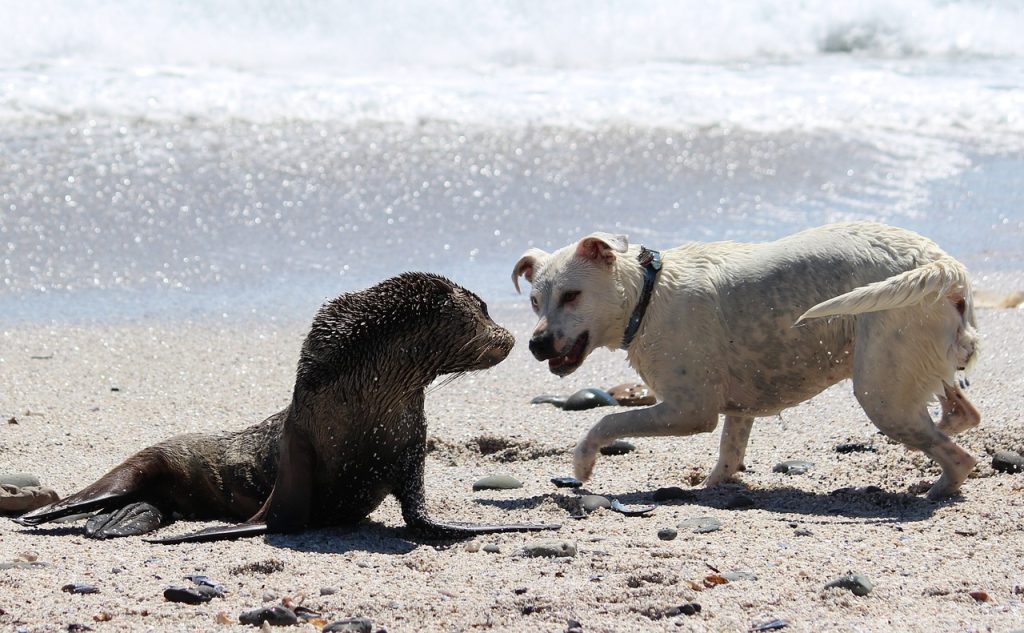
PS: TENK:n dokumentit on kirjoitettu kolmella kielellä, eli myös englanniksi!
English version
Quality has its price.
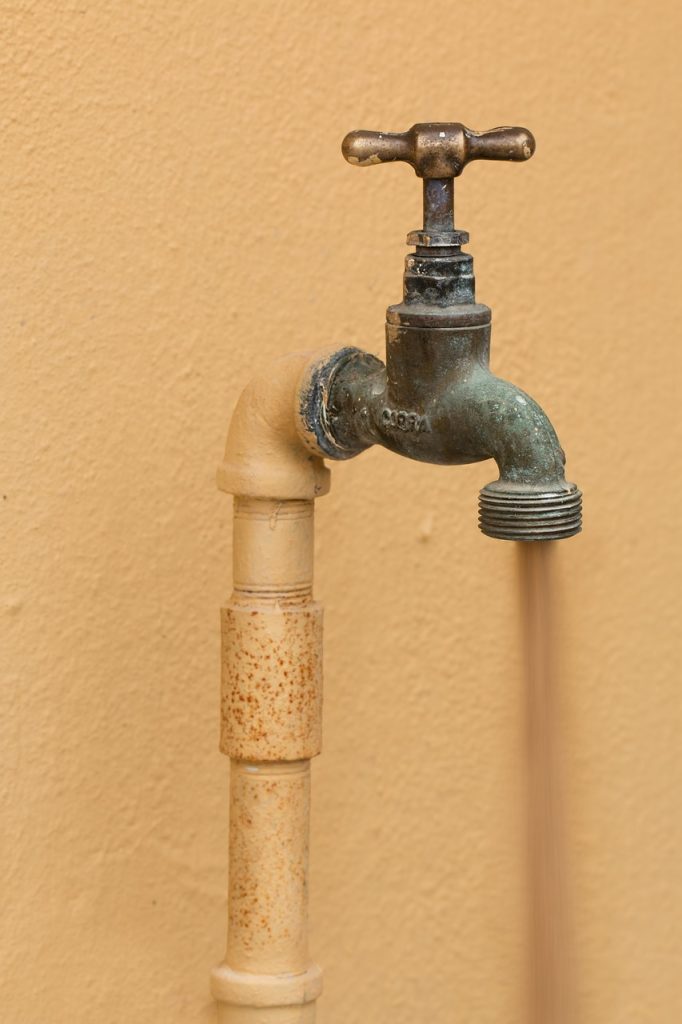
”The poor should not buy cheap” is one of the many sayings related to quality. This phrase refers to the fact that if you buy a cheap product, you may soon have to buy another, similar one, or – having learned from the case – one of better quality but more expensive. Quality is usually associated with products and services, the durability of objects and the fulfilment of customer expectations. Products and services are also associated with most quality standards, with the certificates of which a company or organization tries to convince its customers and other stakeholders that the company’s operations are of high quality and that the company’s products and services meet the expectations and requirements set for them.
However, no quality system guarantees quality, it guarantees only that the same failures will be made again but documented.
The only guarantee of quality is that every level of the company and organization has internalized the idea of continuous improvement: Mistakes are made, but lessons are learned from them, operations are developed, and habits are corrected. Let’s avoid repeating the same mistake in the future.
Quality is also related to non-productive, service, and commercial activities. Recently, within the framework of two different projects, we have been bound to think about what quality as a concept means in project work, research, and publications. No quality standard directly addresses these contexts, so the answer has to be sought through other concepts.

Recently, there has been a lot of discourse in Finland about intellectual property rights and their respect, plagiarism and its avoidance, correctness of references and respect for the work of others. In particular, these questions have emerged in theses, but the same issues also come up in project research and reporting of project results. In projects co-financed by the European Union, intellectual property rights are even more emphasized because, generally, the reports of projects financed by the EU must be freely available to everyone. Thus, an essential part of the quality control of the project is to make sure that the quotations, sources, and their citations are appropriate, that the use of images and graphics is properly authorized, and that the references for these are also appropriate.

If the project involves research activities, also the research questions, research settings, forms and other data collection tools, documentation, and in general everything related to the research must meet the criteria set for scientific research. But what are these criteria? Below you will find a few sources which can give you a reasonable idea of what high-quality (scientific) research and reporting is.
By the way, the same requirements apply to theses too.
An example (a tough one) of evaluating the quality of research can be found on the website of the Hoitotyön tutkimussäätiö (Nursing Research Foundation). In addition, most science universities have their own published quality criteria. In 2016, the Ministry of Education and Culture published the final report The multidisciplinary nature and quality of research (In Finnish), which is a summary of the development of the number and quality of interdisciplinary publications in Finland and the world between 2000 and 2011. Although the material is already old, the document gives an idea of what can be expected from high-quality research. The research ethics advisory board TENK has issued its own recommendations on the general ethical principles of research, the authorship of scientific publications and a special recommendation on the ethical principles of human research. On the website of the University of Jyväskylä, you can find the book Research Ethics ABC, and the website of the University of Eastern Finland (UEF) provides guidance on research ethics.
Thus, there is information available. However, the projects are often multinational, and they may involve partners whose understanding of the quality requirements and ethical principles of scientific research, the desire to follow them, or both, are at a different level than ours. In this case, even if we were not the lead partner, in addition to all the standard challenges of the project, we have an additional challenge: how to get the project partners to understand the importance of the issue and to comply with even the minimum requirements. The partners working in the project are usually jointly responsible for the quality and results of the work, even though the resources required for quality assurance have hardly been considered when budgeting the project, and at least not the resources that would be needed to ensure the quality of the work done by others.
Quality costs money, but lack of quality can be expensive.
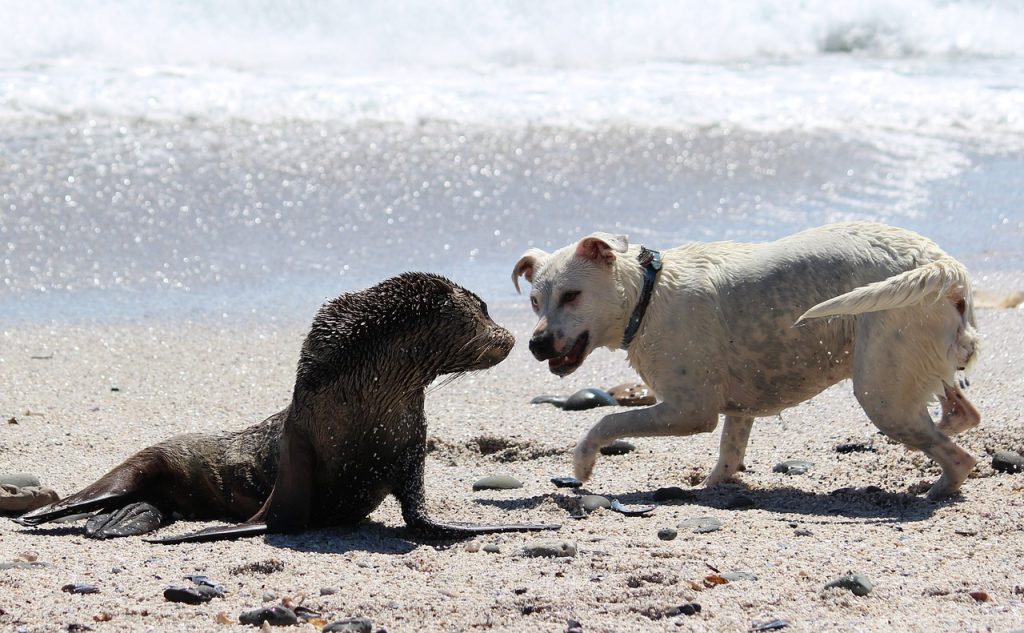
PS: TENK’s documents are written in three languages, i.e., also in English!
Artikkeli on kirjoitettu Euroopan unionin rahoittamien Wood for Youth ja Sustainabuild -hankkeiden puitteissa. Vastuu artikkelissa esitetyistä näkemyksistä on yksinomaan kirjoittajilla.
This article was written in the framework of the Wood for Youth and Sustainabuild projects funded by the European Union. The sole responsibility for the views expressed in this article lies with the authors.


